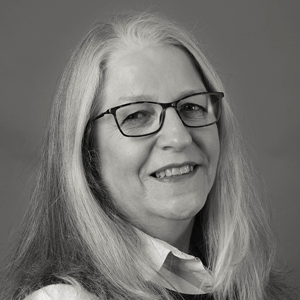We all know the story, your organisation is sailing along nicely, sales are up, staff are happy, everything is looking good and all of a sudden you are blindsided by the resignation of a critical executive or senior leader within the organisation.
Reality sets in. Oh, no… What are we going to do? How will the organisation keep going?
In the dynamic landscape of organisational management, the unexpected departure of a key executive can swiftly plunge a well-performing company into disarray. Panic ensues, leaving leadership scrambling to fill the void and maintain operational continuity. Yet, this scenario, while familiar, is not inevitably derailing.
Forward-thinking organisations are increasingly recognising the importance of proactive succession planning. Traditionally, many companies have relied solely on their internal people and culture and organisational development teams to identify and groom future leaders. While this approach may nurture promising talent within the organisation, it often restricts access to a broader pool of potential candidates when urgent replacements are needed.
In response, savvy organisations are turning to external partners to orchestrate comprehensive succession planning strategies. By collaborating with external firms, these companies can leverage their expertise to identify high-potential internal candidates, assess their development needs, and facilitate mentorship programs to prepare them for advancement.
External partners can simultaneously conduct thorough market mapping exercises, scouting for external candidates with the requisite skills and aspirations. This proactive approach ensures that organisations maintain a pipeline of prequalified candidates, ready to step into key roles at a moment’s notice.
For example, TRANSEARCH Australia were recently engaged to develop a succession plan for a major government agency who recognised the importance of working with an external firm. Their internal OD team was very proactive at identifying internal talent, but recognised the unconscious bias that can come with knowledge of those individuals. The agency wanted to have their people independently assessed and benchmarked to ensure they were as capable as the external candidate pool we were building for them.
Internal OD teams can be very capable when it comes to mapping the market, utilising different talent identification tools, however in most cases lack the sophistication of search professionals who research beyond the typical LinkedIn or SEEK databases. Equally, their ability to engage candidates before an actual vacancy can be thwart with challenges, raising expectations and the potential for misunderstanding about market movement and company performance.
As independent external partners, we are able to speak with people about their general career aspirations and gauge their feelings about different organisations, thereby pre-qualifying their interest, without declaring who our actual client might be. Regular check-ins ensure we are able to understand any changes in the candidates development and feelings towards our client’s organisation.
To sustain the effectiveness of these initiatives, it’s crucial to regularly review and update candidate lists. This involves ongoing discussions with key stakeholders, such as the Board Chair, Nominations Committee, and CEO, to ensure alignment with evolving business needs and market dynamics.
For candidates themselves, proactive succession planning offers tangible benefits. They gain visibility into potential career opportunities within their target organisations and receive support in managing their professional growth trajectories.
The imperative for proactive succession planning cannot be overstated. It’s an investment in organisational resilience and competitive advantage. By proactively identifying and nurturing talent, companies can mitigate the risks associated with leadership transitions and maintain their momentum in a fast-paced business environment. Organisations that prioritise this strategic initiative stand poised to weather leadership changes with confidence, ensuring continuity and stability even in the face of unforeseen challenges.
If you would like to explore succession planning for your organisation, please don’t hesitate to reach out to me or connect with me on LinkedIn.

Sandra has in excess of 30 years recruitment and consulting experience within the Health and Human Services sectors across Australia, and internationally in New Zealand and America. She complements her consulting career with industry experience where she worked in a senior Human Resources Leadership role in a major teaching hospital in Boston. Well known for her consultative approach, Sandra has developed a reputation as a leading industry specialist, having placed a range of CEOs and senior executives across the sectors and facilitated initiatives including talent acquisition, talent management and organisational excellence. Read more…


